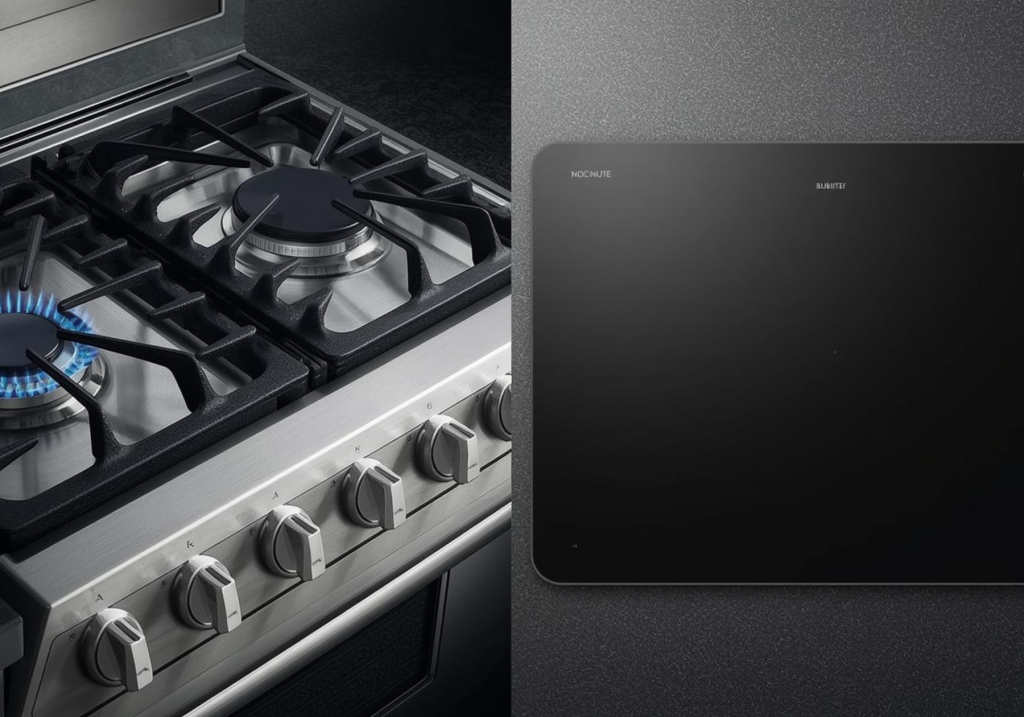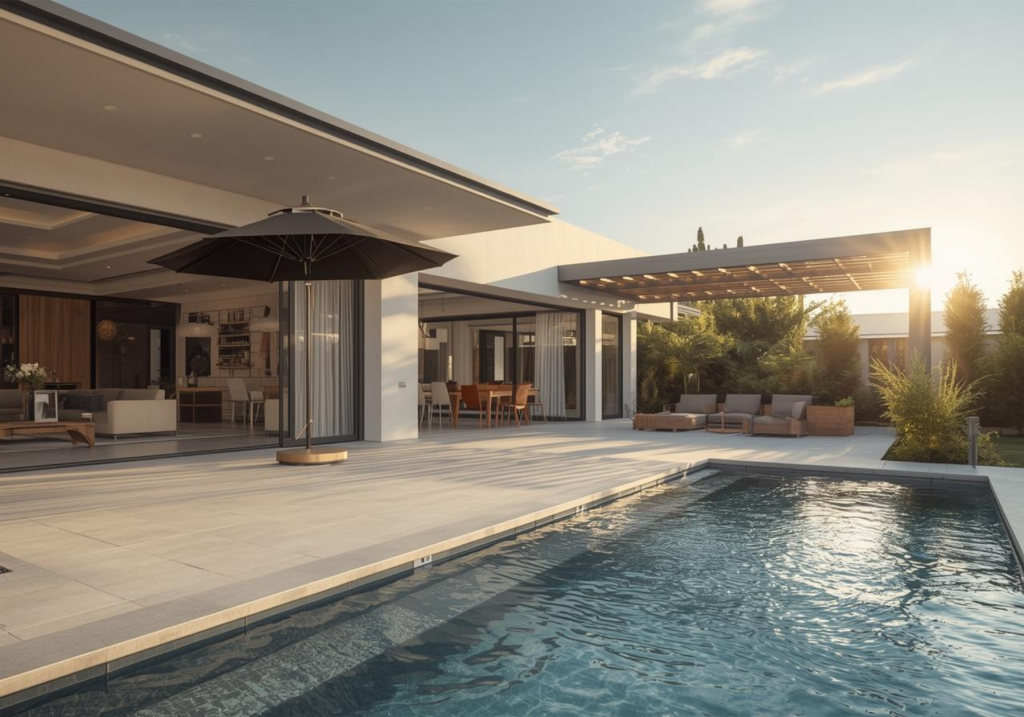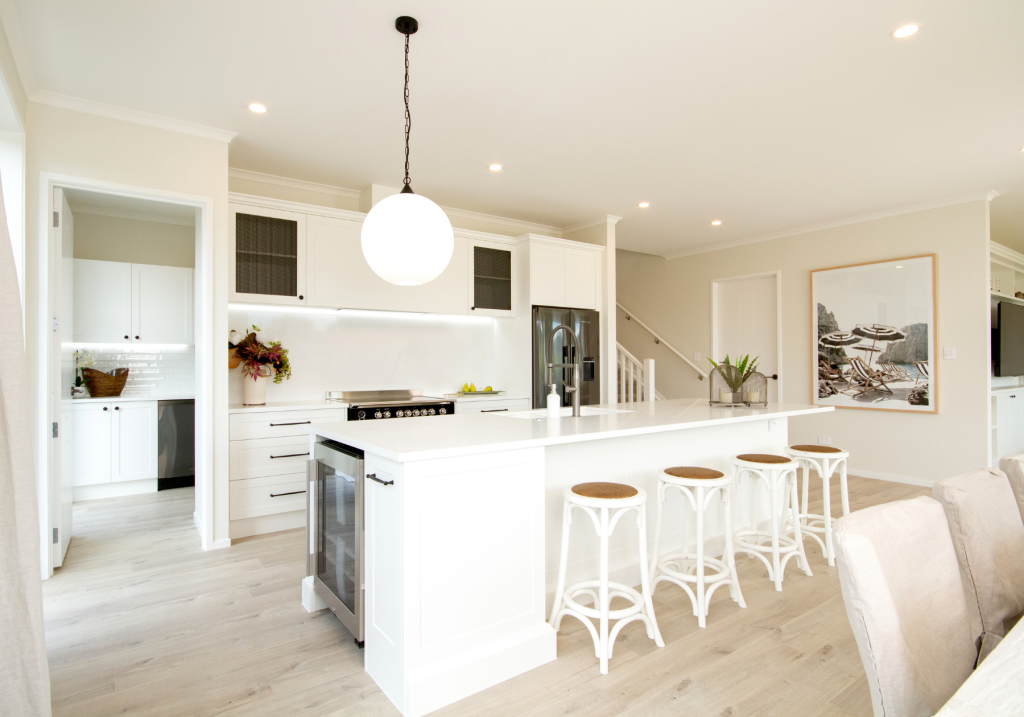Gas or induction? As technology evolves and energy costs rise, the kitchen cooktop is under review. We weigh the pros and cons of both.
Few kitchen debates get people more fired up than the choice between gas and induction. For decades, gas was considered the hallmark of a serious cook — responsive, powerful, and instantly adjustable. But as technology advances and energy efficiency becomes a design priority, induction is quickly reshaping the modern kitchen.
The classic appeal of gas
Gas cooking has long been valued for its visible flame and instant heat control. You can move seamlessly between simmer and sear, use any cookware, and judge heat at a glance. For those who enjoy wok cooking, grilling, or open-flame charring, gas remains hard to beat.
It also offers an advantage in areas where power outages are common — a match is all you need to get cooking again. Many professional kitchens still prefer gas for its tactile feedback and versatility.
However, there are trade-offs. Gas burners release residual heat into the room, raising kitchen temperatures and working against your ventilation system. They also produce carbon dioxide, nitrogen dioxide, and other combustion by-products. Studies overseas have linked poor ventilation during gas cooking to higher indoor air pollution levels. While New Zealand hasn’t introduced restrictions, many newer homes are being built all-electric in anticipation of lower-emission living standards.
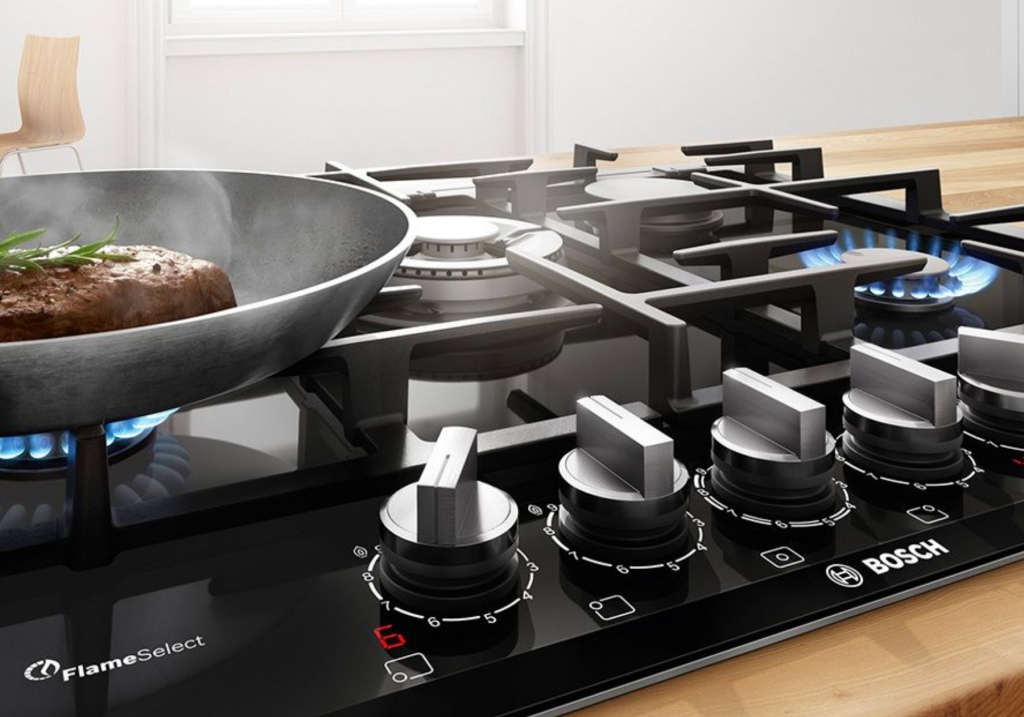
The rise of induction
Induction cooktops work by creating a magnetic field that heats the pan directly — not the surface. This means faster boil times, instant response, and exceptional energy efficiency. In fact, up to 90% of the heat energy transfers to the cookware, compared to about 50–60% for gas.
For families, the benefits extend beyond speed. The surface stays relatively cool (it only heats where the pan touches), reducing burn risks. Many models have auto shut-off safety features, child locks, and timers that make multitasking less stressful. Cleaning is effortless — a quick wipe removes spills without the grime that collects under gas trivets.
The downsides? You’ll need induction-compatible cookware — typically stainless steel or cast iron with a magnetic base. Lightweight aluminium or copper pans may not work unless layered with steel. And while prices have dropped, induction units still tend to cost slightly more upfront and may require an electrician to install a dedicated power circuit.
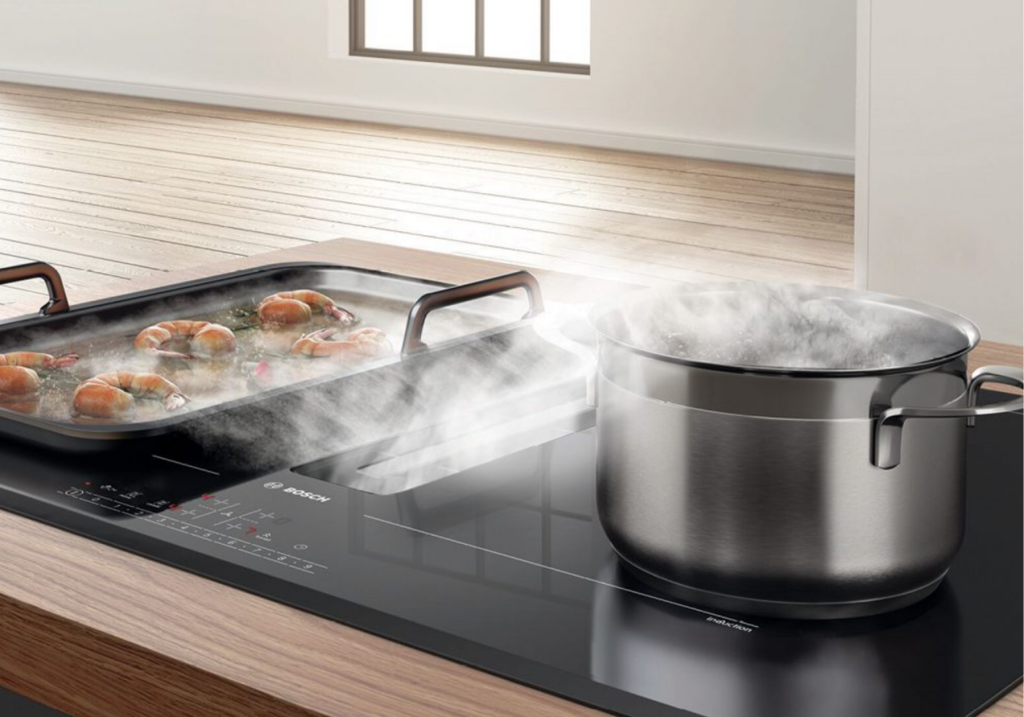
What about cookware costs?
If you’re upgrading from gas to induction, factor in the cost of new cookware. For a family of four, a quality induction-compatible set from a major New Zealand retailer such as Briscoes typically ranges between NZ$300 and NZ$650.
Mid-range 5-piece sets, such as the Hampton & Mason or Tefal induction series, retail around $300–$400, providing all the everyday essentials — frypan, saucepans, and stockpot.
Premium options like the Tefal Premium Hard Anodised Induction Cookware Set (listed at around $649.99) offer long-term durability, faster heat distribution, and non-stick performance suited to frequent use.
It’s a one-off investment that complements the efficiency gains of the cooktop itself — and good cookware, properly cared for, can last decades.
Running costs and sustainability
In New Zealand, the cost balance between gas and electricity depends on local energy rates and how often you cook. Electricity is generally more expensive per unit than gas, but induction’s efficiency can offset much of that. And if you’ve added rooftop solar panels, induction becomes even more cost-effective.
From an environmental perspective, induction aligns better with the shift toward renewable electricity. Gas, while convenient, remains a fossil fuel — and as national decarbonisation targets tighten, electric appliances are increasingly favoured for new builds and renovations.
Design and flexibility
Modern induction cooktops offer sleek, seamless surfaces that integrate beautifully into contemporary kitchens. Touch controls, bridging zones, and even automatic pan detection are now standard. Some models include a “boost” function for rapid boiling or integrated extraction systems that eliminate the need for an overhead rangehood — ideal for island layouts or compact kitchens.
Gas, meanwhile, offers variety in layout and look. Flush-mounted burners, statement hobs, and mixed-surface options (such as gas and induction on one cooktop) give designers flexibility. Dual-fuel ovens — electric oven with gas burners — remain a popular hybrid choice for those wanting both precision baking and high-heat control.
The verdict
Gas still has its loyal following — and for serious cooks, the visible flame will always hold appeal. But induction’s precision, safety, and energy efficiency have made it the choice for the next generation of kitchens. It’s faster, cleaner, cooler, and increasingly compatible with the way New Zealand homes are being built for the future.
In the end, it’s not about declaring a winner — it’s about choosing the heat that best suits your home, your cooking style, and your energy goals.
